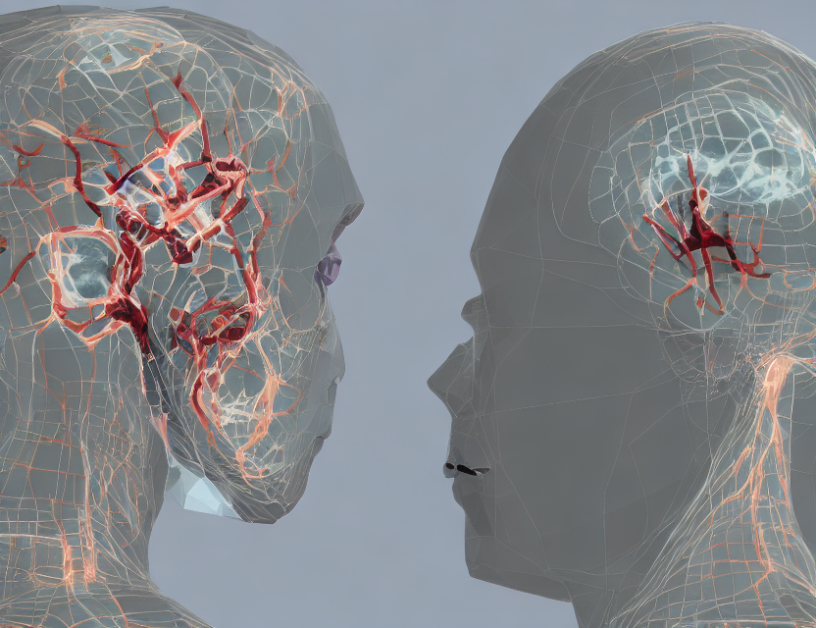Deep learning has revolutionized many fields, including medicine. In this article, we’ll delve into the world of deep learning and its applications in clinical electroencephalography (EEG). We’ll explore the basics of deep learning, the challenges it addresses in EEG analysis, and how it can improve diagnosis and treatment outcomes.
What is Deep Learning?
Deep learning is a subset of machine learning that involves neural networks with multiple layers. These layers allow the network to learn and represent complex patterns in data, making it suitable for tasks such as image recognition and natural language processing. In EEG analysis, deep learning algorithms can be used to identify patterns in brain activity that are indicative of specific conditions or diseases.
How Does Deep Learning Work?
The process of deep learning can be broken down into several stages:
- Data Collection: A large dataset of EEG recordings is collected from patients with various conditions and healthy controls.
- Data Preprocessing: The raw EEG data is cleaned, filtered, and normalized to create a standardized dataset for the deep learning algorithm.
- Model Definition: The architecture of the deep learning model is defined, including the number of layers, neurons in each layer, and activation functions.
- Training: The deep learning model is trained on the preprocessed EEG data using an optimization algorithm such as gradient descent or stochastic gradient descent.
- Model Evaluation: The performance of the deep learning model is evaluated on a test set to assess its accuracy and generalization ability.
- Deployment: The trained deep learning model can be deployed in a clinical setting for real-time EEG analysis.
Benefits of Deep Learning in Clinical EEG Analysis
- Improved Accuracy: Deep learning algorithms can identify patterns in EEG data that are not visible to human analysts, leading to more accurate diagnoses and treatment outcomes.
- Increased Efficiency: Deep learning models can analyze large amounts of EEG data quickly, reducing the time required for manual analysis and improving patient throughput.
- Enhanced Interpretability: By providing insight into the neural mechanisms underlying various conditions, deep learning algorithms can help clinicians better understand the underlying neurobiology of these disorders.
Challenges in Deep Learning for Clinical EEG Analysis
- Data Quality: The quality of the EEG data is critical to the accuracy and effectiveness of deep learning models. Poor-quality data can lead to suboptimal performance or even misdiagnosis.
- Labeling Difficulty: Manually labeling large amounts of EEG data for training deep learning models can be time-consuming and expensive, particularly for rare conditions.
- Regulatory Compliance: Ensuring that deep learning models comply with regulatory requirements is essential for clinical adoption, as these models must meet the same standards as traditional diagnostic tools.
Future Directions in Deep Learning for Clinical EEG Analysis: - Personalized Medicine: By analyzing EEG data from individual patients, deep learning algorithms can provide personalized diagnoses and treatment recommendations tailored to each patient’s unique neural profile.
- Real-Time Analysis: As deep learning models become more efficient, they may be able to analyze EEG data in real-time, providing rapid diagnoses and treatment decisions for patients.
- Multimodal Integration: Deep learning algorithms can integrate EEG data with other modalities, such as functional magnetic resonance imaging (fMRI) or magnetoencephalography (MEG), to provide a more comprehensive understanding of brain function and dysfunction.
Conclusion
Deep learning has the potential to revolutionize clinical EEG analysis by improving accuracy, increasing efficiency, and enhancing interpretability. While challenges remain, advances in data quality, labeling methods, and regulatory compliance will pave the way for widespread adoption of deep learning algorithms in clinical settings. As we continue to explore the capabilities of deep learning, we may uncover new applications that could transform the field of EEG analysis and beyond.



